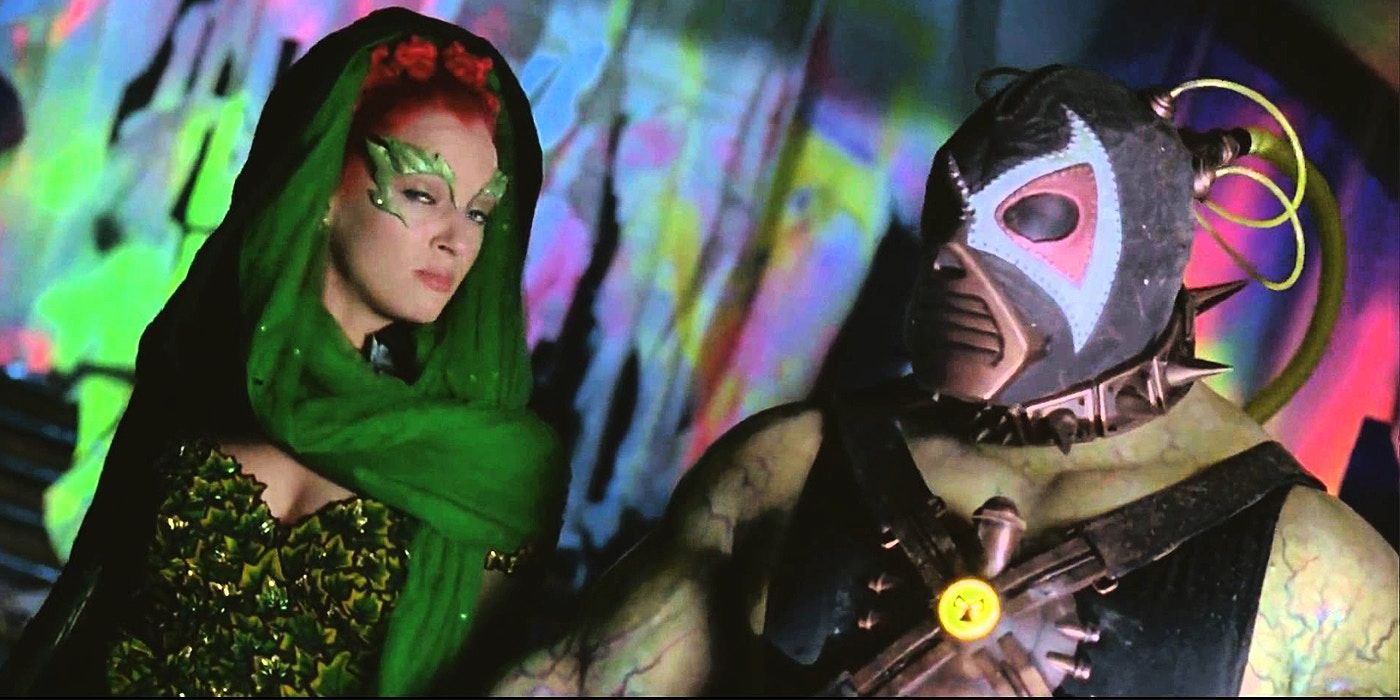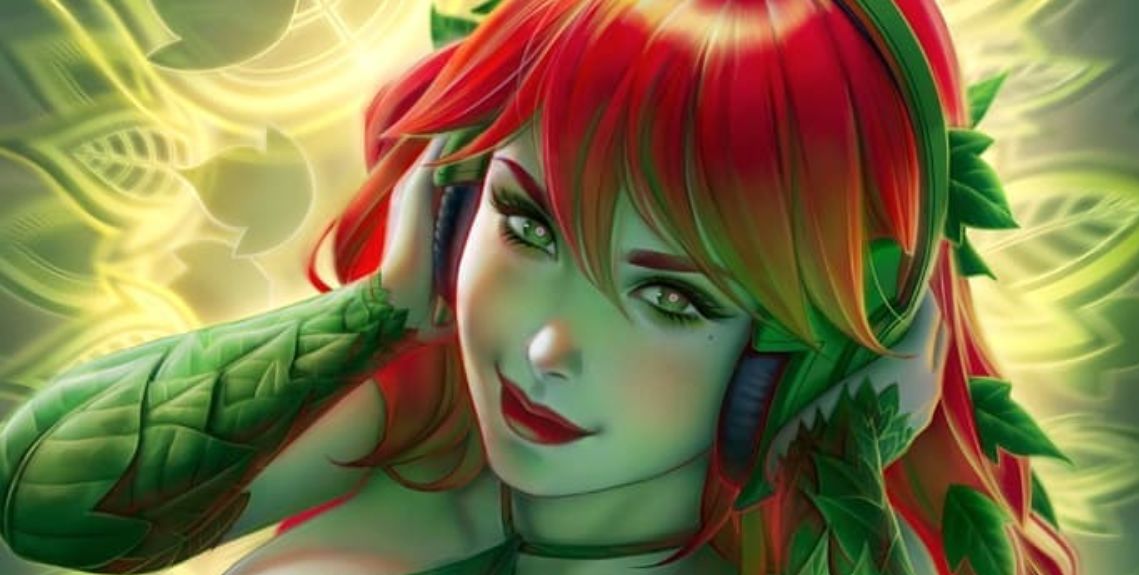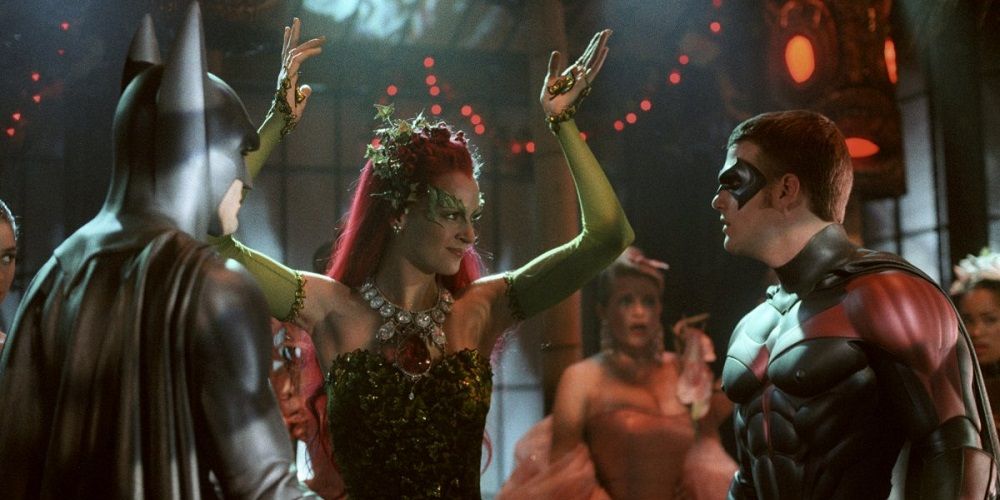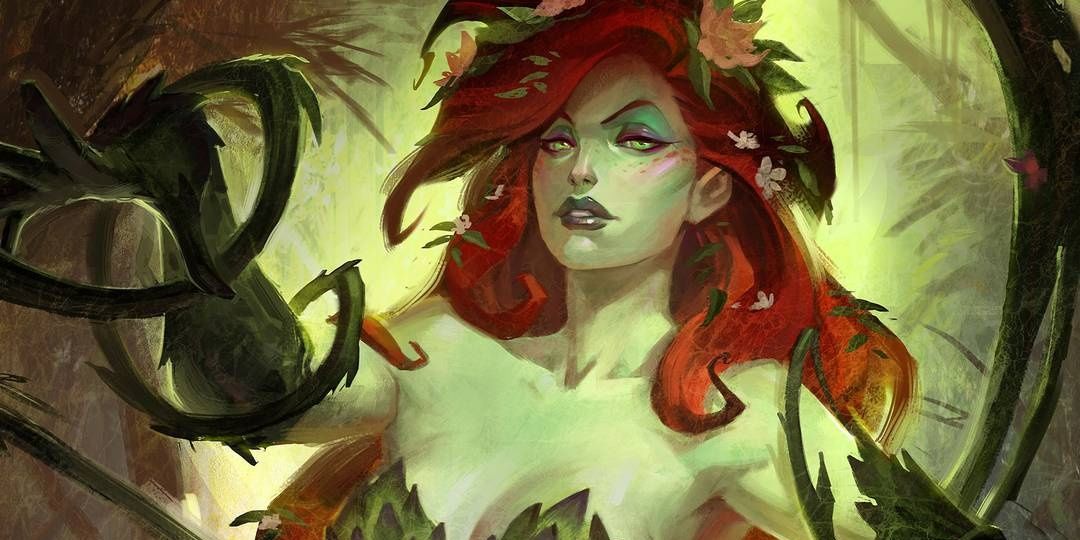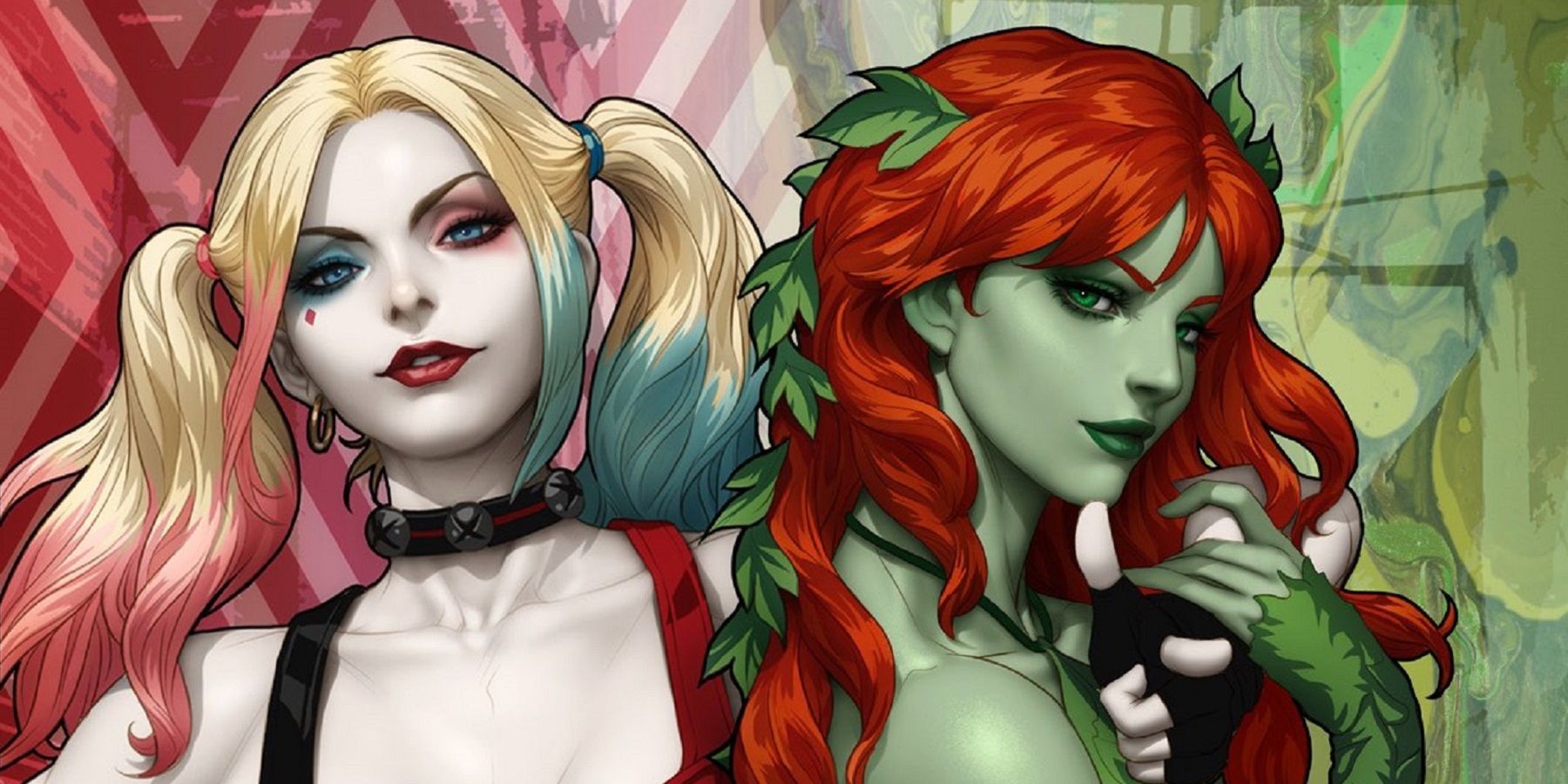A recent rumor indicated that Rihanna might play Poison Ivy in Matt Reeves' upcoming film The Batman. While the singer-turned-actress never confirmed or denied her performance, she referenced loving the character, in particular citing Uma Thurman's turn as the character in 1997's Batman & Robin. She argued that she was heavily inspired by Thurman's look and costume.While this might have been a peculiar one-off incident earlier last year, Halsey showed off her costume as Uma Thurman's Poison Ivy, adding in this little tweet to accompany the photos.
It likely seems peculiar to many comic fans who do not hold the George Clooney Batman film in high regard that anyone would idolize this version of Poison Ivy. While many fans might idolize this iteration of Poison Ivy due to her being the only live-action cinematic version of the character, there are legitimate reasons why Thurman's Pamela Isley has taken root in the garden of pop culture.
The Appeal of Poison Ivy
It is important to remember that Poison Ivy has earned a fan following over the years for a number of good reasons. She is a female character who outright rejects the patriarchal structure of society. In many respects, her motivations are noble. She wants to save plant life on Earth, sees humanity as a danger and really hates men.
In the '60s, the villain was seen as a parody of the women's liberation movement, but modern audiences might not see her perspective as that far-fetched. Humanity has destroyed the environment. A lot of women have very good reason to hate men. Because of this, it has become harder to portray Poison Ivy as a straight-up villain than it used to be. Sure, her methods are lethal and extreme, but the core of her character, unlike other Batman villains, is something the protagonists might get behind.
On top of that, Ivy is a very sexually alluring character. She uses this as a weapon, luring men into a false sense of security before killing them with a poisoned kiss. It's all a performance to put the world at ease before unleashing her might against them.
The Batman & Robin Paradox
Few comic book villains are as iconic as Poison Ivy, but fewer lack a definitive, on-screen adaptation. Yes, Pamela Isley infamously appeared in the "classic" superhero film Batman & Robin, but few would consider that a highlight for her character. Many fans regard the film as an all around failure that almost killed the superhero film genre. It failed to meet expectations at the box office, disappointed critically and, for many fans, represented a great step backward after three fairly well-received Batman films.
However, the film serves as a strange paradox for many. On one hand, it represents the last time several characters would appear in live-action for years. Dick Grayson, Batgirl, Mr. Freeze and Poison Ivy have yet to appear in a live-action Batman film since the 1997 lemon. It took until The Dark Knight Rises for Bane to reappear (who quickly became an often-quoted, fan-favorite superhero villain).
Furthermore, the camp value of the film is actually an appeal rather than a detraction. George Clooney, Chris O'Donnell and Alicia Silverstone try to play the roles straight, while both Uma Thurman and Arnold Schwarzenegger play over-the-top caricatures of villains. They chew scenery every time they appear. They realize the film is a ridiculous mess, and, rather than attempt to elevate it with serious performances, just embrace that silliness.
Stylistically, Ivy fits best with the colorful aesthetic. Visually, Ivy looks best in Batman & Robin, blending well with the aesthetic of a movie designed to be a living cartoon.
For fans of Poison Ivy, this film was the only version available. But, interestingly enough, it contained everything fans liked about the character in spades. It remains one of the most prominent exposures casual fans have had to the character.
The Powerful Woman
Uma Thurman's character embodies Ivy's performative sexuality. She is first presented as a put upon scientist who witnesses her superiors in a strange black market auction. She uncovers secrets that her boss believes she shouldn't know -- thus, she is terminated. Seeing a loony scientist screaming while tossing Pamela into a bunch of chemicals is ridiculous, but it does illustrate a common fear felt by many women: That your boss might one day turn around and just snap.
But after that, Thurman embodies Ivy's performative sexuality. She uses her allure and appearance as a strength to unleash hell. She sees men as tools or obstacles to reach her ultimate goals. There is a degree of wish-fulfillment here, made in part more memorable by just how much fun Thurman has in the role.
Canonical Queer Characters
But one huge reason why Ivy -- and by extension Uma Thurman's Ivy -- has become so iconic is queer subtext and main text. Ivy is a canonically queer character, being either a lesbian or bisexual. Halsey is openly bisexual. While Rihanna appears to identify as straight, she has commented before on making girls bisexual for her.
During the '90s, Poison Ivy met newcomer Harley Quinn. The duo became one of the most iconic comic book same-sex couples around, primarily due to Ivy's positive influence on Quinn. Quinn lived in an abusive relationship with the Joker, which Ivy tried to help ease Quinn out of.
While Ivy's interest in women is mostly left out of Batman & Robin, the film is overflowing with queer subtext. In the film, Thurman rarely expresses any genuine interest in men, even though the film is full of sexual innuendo. Furthermore, the film has plenty of homoerotic subtext, from the infamous Bat nipples to Dick and Bruce -- two partners in a relationship -- bickering like an old married couple.
So, while Ivy wears flamboyant, queer-coded outfits, she never really seems to want men. She just wants to destroy them. The exception to this, however, is in her fight with Batgirl, which ends with Batgirl thrusting Ivy into the open lips of her hungry flower plant. This scene is pretty on-the-nose in terms of its imagery.
Ultimately, what Thurman brought to the table as Ivy was a female villain with understandable motivations who is constantly dismissed by her male peers -- save for the only other enjoyable character in the movie -- who goes on to chew scenes and manipulate men. That's the sort of unabashed representation that audiences still fight for to this day.

